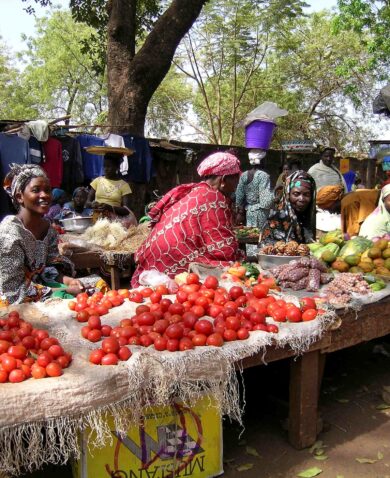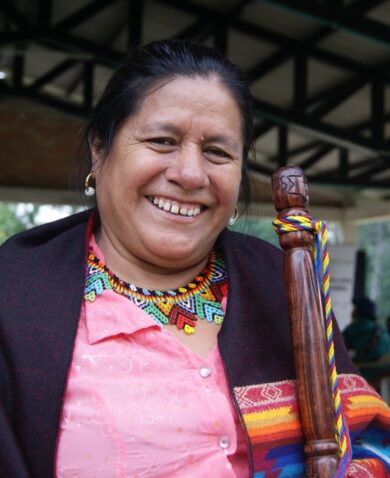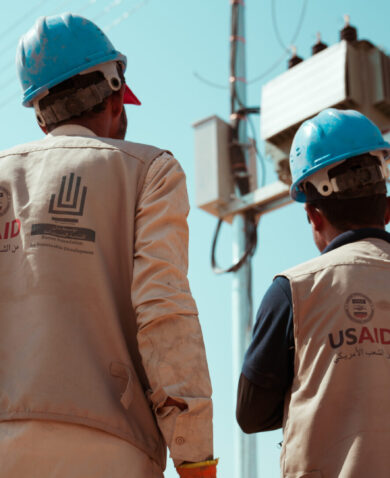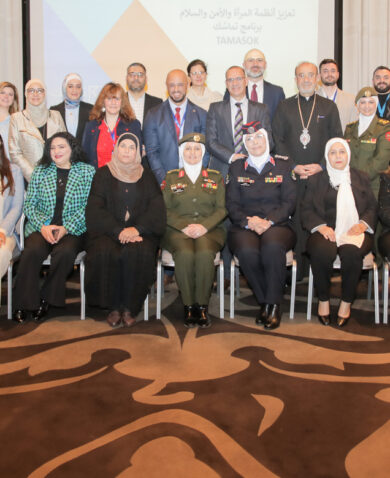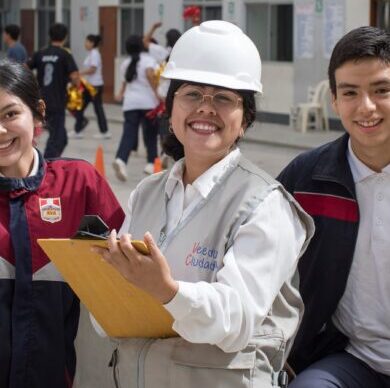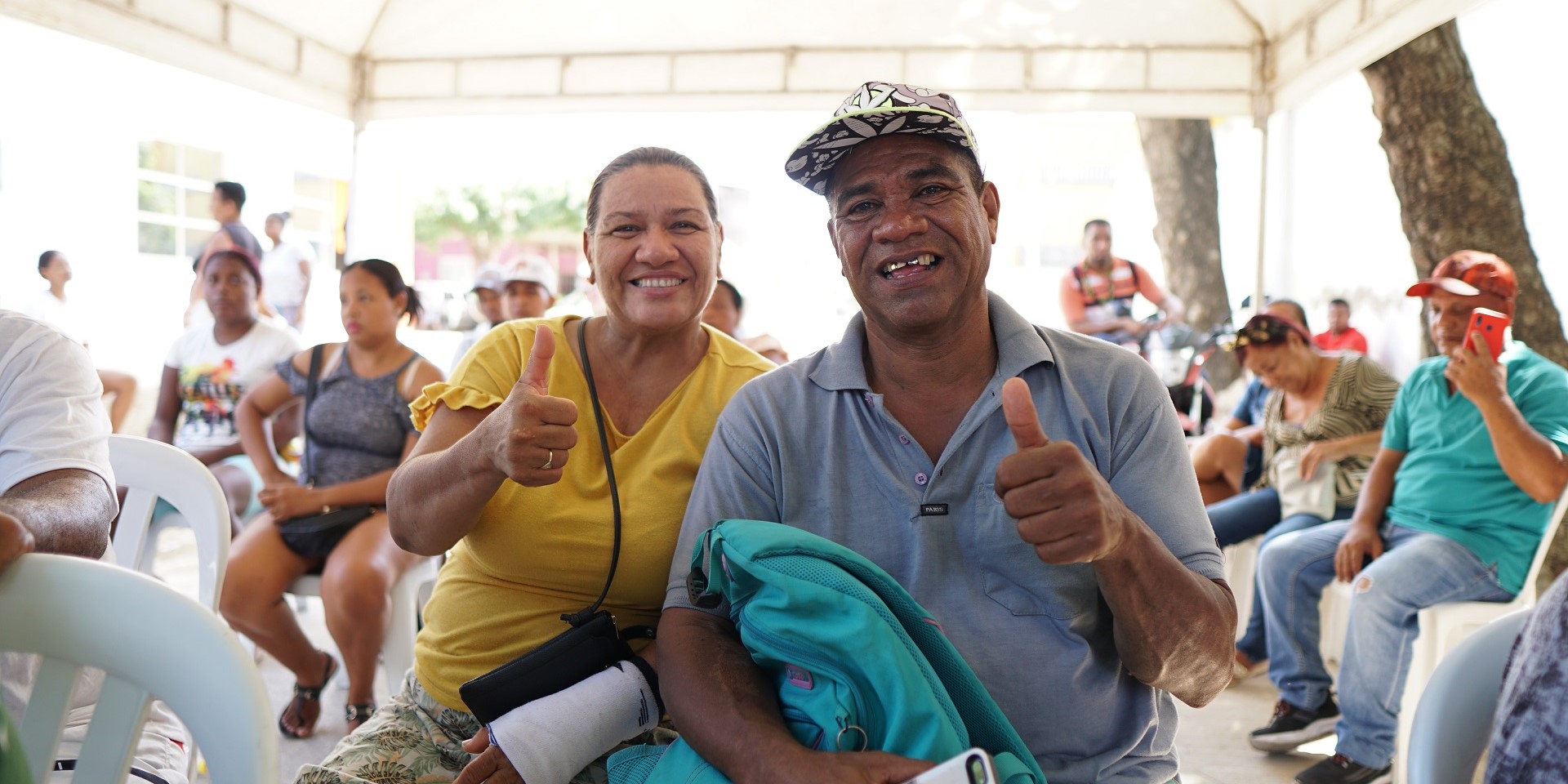
Shifting the Migration Narrative: From Fragility to Resiliency and (Re)Integration
October 11, 2023 | 5 Minute ReadLooking ahead towards migrant (re)integration and the steps needed to change the Central American narrative surrounding migrant's fragility.
Migration from Central America remains on the rise, amidst dynamic human mobility patterns with complex and evolving demographic profiles. The growing waves of return and transit migration, with migrants fleeing dire living conditions in other countries in the Hemisphere (such as Venezuela, Nicaragua, or Haiti), are creating new pockets of fragility for Central America. Insecurity, discrimination, weak support systems and networks, and insufficient or inadequate service delivery in host communities too often curb or slow down (re)integration of voluntary or forced migrants and returnees. However, this is also a unique moment to leverage migration into an opportunity for prosperity and growth in the region. Local public, private sector, and civil society actors, and the development community all have a role to play, working hand in hand to ensure migrants’ protection, regulation and (re)integration in Central American communities are met. And significant efforts are already underway.
Fragility and Migration: Similar Root Causes and Aggravating Factors
Historically defined by the persistent trend of northward migration, 1.07 million encounters were reported at the US/Mexico border in the first half of 2023 alone. With migrants from Venezuela (10%), Ecuador (4%), and other countries, Central America is now increasingly a region of transit and not just of origin. From January to September 2023, over 400,000 people crossed the Darien gap, double the amount of people that crossed in 2022. These migrants are often stranded in Central America when they do not have the financial means to continue their travel northward, posing new challenges for Central American communities, particularly in border regions. Forced or involuntary returns bring their share of hardship and raise new questions for community resiliency and migrants’ (re)integration.
Migration routes and patterns exacerbate migrants’ insecurity and vulnerability. Between October 2021 to March 2023, unaccompanied minors from El Salvador, Guatemala and Honduras accounted for 75% of the total 222,000 unaccompanied minors detained by U.S. Customs and Border Protection. During their journey, many are particularly vulnerable to gang recruitment, in a region where crime and violence have aggravated internal and cross-border migration. The rates of migrants’ disappearances are growing at an alarming rate: since 2014, over 7,940 missing migrants have been reported transiting through the Americas, most of them traveling through Central America and Mexico.
The causes of irregular migration are well-documented and demonstrate a clear nexus between human mobility and fragility across Latin America. Recent surveys and reports illustrate well how multi-faceted fragility fuels push factors:
- 86% of Salvadoran, Honduran, and Guatemalan migrants migrate due to economic insecurity, while 8% flee violence and insecurity or seek family reunification.
- 60% more Nicaraguans crossed into the United States in 2022 than in the previous two years, after fleeing poverty, political persecution, and democratic backsliding.
- An astonishing 7 million Venezuelan migrants left their country due to a combination of authoritarianism and persecution, an unprecedented public health crisis, and triple digit inflation that has left many without jobs or purchasing power. They make up 10% of all migrants attempting to cross the US/Mexico border.
- While climate-related migration is harder to measure and track, Central America has been repeatedly confronted with climate-related disasters that have accelerated internal displacement. Latin America is one of the most vulnerable regions to climate change. It holds 13 of the 50 countries identified as most affected by climate emergencies, including places such as Colombia, Guatemala, Bolivia and Peru.
Regardless of the type of migration and whether we are dealing with communities of origin, transit, or destination, fragility shares a common denominator between migrant communities: it rests on the inability of national and subnational governments, the private sector, and non-governmental service providers to work systemically to secure jobs and ensure access to basic services, while guaranteeing the fundamental social, political, and economic rights of host communities, migrants, and returnees. When subnational resources are already strained, transit and (re)integration are quickly perceived as undesirable, and at best, unachievable. Increased pressure on host communities has fueled xenophobia and discrimination, reproducing cycles of social, economic, and cultural exclusion, and exacerbating fragility across communities.
Resiliency, Stability, and Migrants’ (Re)Integration: A New Vision is Possible
The 2022 Los Angeles Declaration on Migration and Protection is an important step towards more coordinated and streamlined migrants’ (re)integration in Central America – and Latin America, more broadly. It is a timely framework to achieve stability and resiliency in the region. Over a year after its adoption, the development community, national and local governments, civil society, and the private sector, have yet to figure out politically feasible and technically achievable (re)integration and resiliency pathways, to offer tangible solutions for the internally displaced, migrants in transit, and those who are increasingly inclined to attempt irregular migration. The 2019 Global Fragility Act (GFA) encompasses key components in migrant resilience and offers additional considerations to jointly tackle irregular migration and fragility in the region.
The region has witnessed significant changes in the last five years, largely thanks to USAID’s investment in comprehensive, multi-sectoral migration management efforts. Through the USAID Venezuela Response and Integration (VRI) IDIQ in Colombia, for example, we have successfully facilitated new partnerships between public, private, and civil society actors in Colombia’s urban municipalities that received the largest number of migrants and returnees, modeling behaviors and collaboration for (re)integration that work: 11 Intégrate Centers, one-stop-shops offering migrants, returnees, and host communities, access to social services, are fostering (re)integration and consolidating social cohesion. In host communities, 2,500 entrepreneurs are supported in their projects and startups; 1,700 individuals are accessing formal jobs; and 8,000 have access to financial inclusion strategies. VRI’s efforts have worked because they drive results and local ownership with a systems-based and award-winning Collaborating, Learning, and Adapting methodology. On the Alliance for Root Causes and Opportunities (ARCO) project, an initiative under the “Sembrando Oportunidades” umbrella – a joint USAID/AMEXID collaboration – Chemonics helps both development agencies achieve common labor integration goals through market-driven workforce development and job placement, and climate-smart agricultural development in Honduras, El Salvador, and soon in Guatemala. Through ARCO, we have embraced “shared responsibility” with other bilateral actors, consolidated inter-agency partnerships, shared knowledge and strategies that work, and disseminated innovation and climate-smart tools in communities of origin and of return to achieve regional impact.
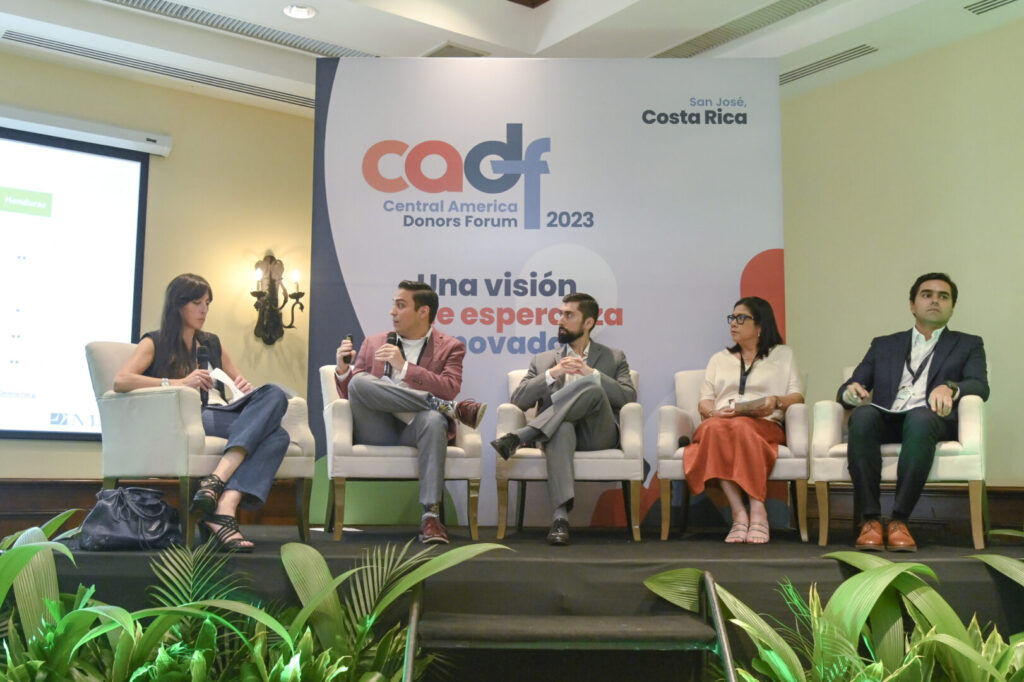
An attractive and welcoming region for migrants in the 19th and 20th centuries, who were often fleeing conflict and insecurity in other parts of the world, Latin America can now become a focal point for resiliency and migrants’ (re)integration to address regional fragility and instability fueled by its own complex, simultaneous, and growingly inter-connected migration crises. As highlighted in the examples above, the key is to help national and subnational actors in communities of origin and in host communities come together and work in tandem to pave the way for new models that turn human mobility from a crisis to an opportunity for economic growth, empowerment of vulnerable populations, diversity, and inclusion.
Banner image caption: Participants at the Integrate Center in Cartagena, Colombia. The photo was supplied by the USAID/Colombia Venezuela Response and Integration activity.
Posts on the blog represent the views of the authors and do not necessarily represent the views of Chemonics.






